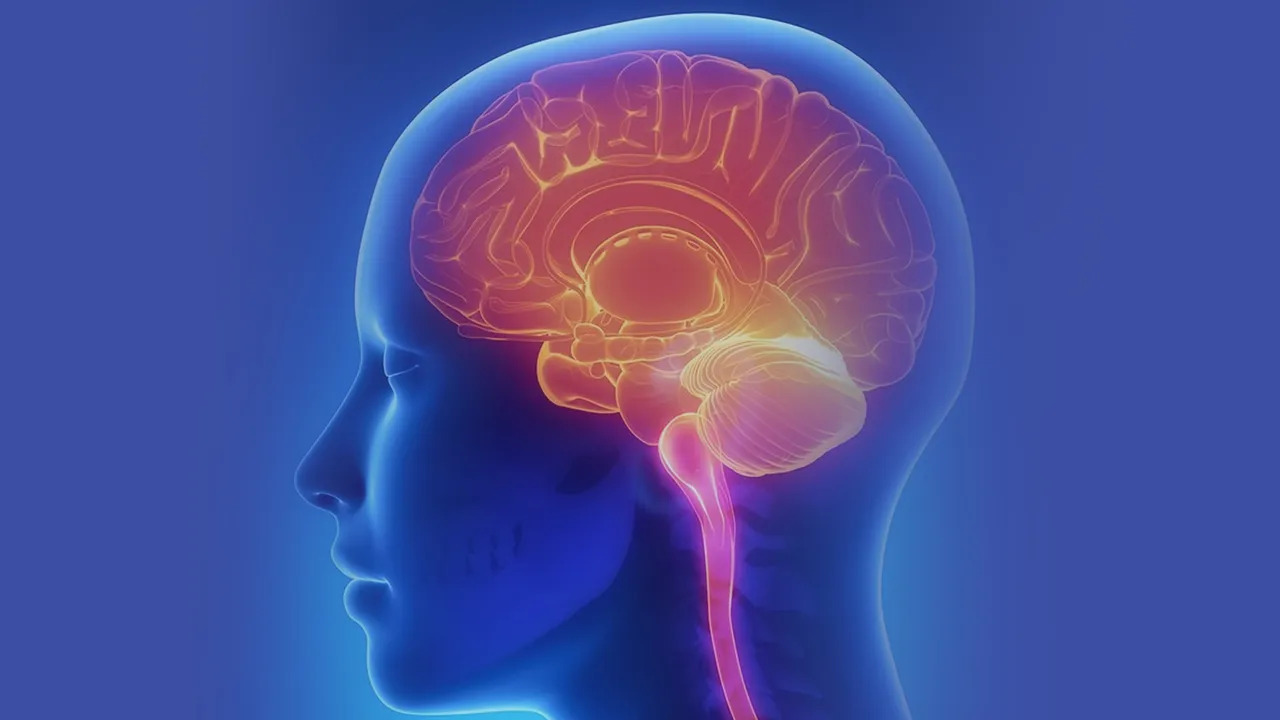Introduction:
Chiari malformations are a group of neurological disorders that affect the brain and spinal cord. These malformations are characterized by the displacement of the cerebellar tonsils, located at the brain’s base, through the opening at the bottom of the skull.
Types of Chiari Malformations:
There are three types of Chiari malformations, with type I and type II being the most common.
Chiari Type I Malformation:
Chiari type I malformation is the most common type of Chiari malformation. It is characterized by the downward displacement of the cerebellar tonsils through the foramen magnum, the opening at the base of the skull. This displacement can cause compression of the brainstem and spinal cord, leading to various symptoms
Causes of Chiari Type I Malformation:
The exact cause of Chiari type I malformation is unknown. However, it is believed to be a congenital condition, meaning that it is present at birth. Some researchers believe that genetic and environmental factors may cause it.
Symptoms of Chiari Type I Malformation:
The symptoms of Chiari type I malformation can vary from person to person. Some people may not experience symptoms, while others may experience severe symptoms. The most common symptoms of Chiari type I malformation include:
Diagnosis of Chiari Type I Malformation:
Chiari type I malformation is usually diagnosed through physical examination, imaging, and neurological tests. The physical examination may include tests to check for muscle weakness, reflexes, and sensations. Imaging tests, such as MRI or CT scans, can help to visualize the brain and spinal cord and determine the extent of the malformation. Neurological tests, such as an EEG or EMG, can help evaluate the nervous system’s function.
Treatment of Chiari Type I Malformation:
The treatment of Chiari type I malformation depends on the severity of the symptoms. Sometimes, no treatment may be necessary if the symptoms are mild or nonexistent. However, if the symptoms are severe, treatment may be required. The most common treatment for Chiari type I malformation is surgery. Surgery aims to relieve pressure on the brainstem and spinal cord by removing a small portion of the skull and/or the upper spinal vertebrae. This surgery is called decompression surgery and can be very effective in relieving symptoms.
Chiari Type II Malformation:
Chiari type II malformation is a more severe form of Chiari malformation. It is characterized by the downward displacement of the cerebellar tonsils and the brainstem through the foramen magnum. This displacement can cause spinal cord and brainstem compression, leading to various symptoms.
Causes of Chiari Type II Malformation:
Chiari type II malformation is also a congenital condition present at birth. In addition, it is often associated with spina bifida, a congenital disability that affects the development of the spinal cord and its protective covering.
Symptoms of Chiari Type II Malformation:
The symptoms of Chiari type II malformation can be severe and can include the following:
• Difficulty breathing.
• Weakness in the arms and legs.
• Loss of sensation in the arms and legs.
• Difficulty swallowing.
• Vision problems.
• Developmental delays.
• Hydrocephalus (excess fluid in the brain).
Diagnosis of Chiari Type II Malformation:
Chiari type II malformation is usually diagnosed through physical examination, imaging, and neurological tests. The physical examination may include tests to check for muscle weakness, reflexes, and sensations. Imaging tests, such as MRI or CT scans, can help to visualize the brain and spinal cord and determine the extent of the malformation. Neurological tests, such as an EEG or EMG, can help evaluate the nervous system’s function.
Treatment of Chiari Type II Malformation:
The treatment of Chiari type II malformation depends on the severity of the symptoms. Sometimes, no treatment may be necessary if the symptoms are mild or nonexistent. However, if the symptoms are severe, treatment may be required. The most common treatment for Chiari type II malformation is surgery. Surgery aims to relieve pressure on the brainstem and spinal cord by removing a small portion of the skull and/or the upper spinal vertebrae. This surgery is called decompression surgery and can be very effective in relieving symptoms.
In Summary:
Chiari malformations are a group of neurological disorders that affect the brain and spinal cord. Chiari type I and II malformations are the most common types of Chiari malformations. These malformations are characterized by the displacement of the cerebellar tonsils through the opening at the bottom of the skull. The symptoms of Chiari type I and II malformations can vary from person to person and can range from mild to severe. The treatment of Chiari type I and II malformations depends on the severity of the symptoms and may include surgery to relieve the pressure on the brainstem and spinal cord.

Comments are closed.